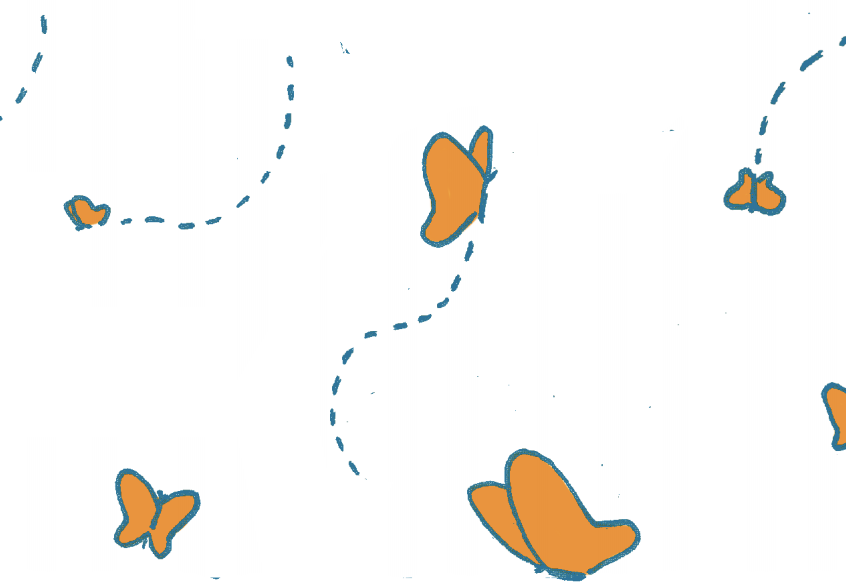Journalism has been deemed one of the most dangerous professions by the UN, and new reports and data are revealing more journalists are dying every year.
According to Committee to Protect Journalists, at least 54 journalists were killed in 2018—34 were murdered due to their work, while the remaining 20 were caught in crossfire during a dangerous assignment.
The data from CPJ was collected from Jan. 1, 2018 through Dec. 14, 2018 and includes those who died inadvertently during combat or on other dangerous assignments. With 47 total deaths in 2017, CPJ reports a 13% increase in total journalist deaths in a year.
For the third year in a row, there were more than 250 total journalists around the world behind bars in 2018, according to CPJ. The organization’s annual census suggests “the authoritarian approach to critical news coverage is more than a temporary spike.”
Turkey has been the world’s worst jailer of journalists for two years now, imprisoning at least 68 journalists at the time of the census. Turkey, China and Egypt—which were responsible for the jailing of more than half of all imprisoned journalists in 2017—have increased the number of journalists imprisoned. In 2018, China was responsible for the imprisonment of 47 journalists, while 25 were jailed in Egypt.
CPJ’s report does not include journalists who have gone missing or are detained by organizations outside of a nation’s government. With ongoing armed conflicts in Syria, Yemen and Libya, the organization believes dozens have gone missing in these countries.
In April 2018, Reporters Without Borders released its annual World Press Freedom Index. RSF found “growing animosity toward journalists” as democratic leaders and authoritarian governments alike are attempting to undermine the press. “The climate of hatred is steadily more visible in the Index,” RSF said in its report.
“More and more democratically elected leaders no longer see the media as part of democracy’s essential underpinning but as an adversary to which they openly display their aversion,” the report added.
In April 2019, RSF released the World Press Freedom Index for 2019. This year’s report shows how “an intense climate of fear has been triggered” among journalists.
“The 2019 World Press Freedom Index compiled by Reporters Without Borders shows how hatred of journalists has degenerated into violence, contributing to an increase in fear,” the report states. “The number of countries regarded as safe, where journalists can work in complete security, continues to decline, while authoritarian regimes continue to tighten their grip on the media.”
Turkmenistan is now considered the most dangerous country for journalists despite North Korea holding that title for the past three years. North Korea is now the second most dangerous country for journalists in the world.
For the third consecutive year, Norway has been ranked the safest country for journalists. According to the 2019 World Press Freedom Index, Finland is the second safest place for journalists, dropping the Netherlands to fourth after two reporters were forced to live under police protection due to their reporting on organized crime.
Ethiopia and Gambia have significantly improved their rankings. Ethiopia, now 110th, is up 40 places in comparison to last year, while Gambia is now ranked 92nd. Venezuela dropped five places and is now 148th due to the number of journalists who have been arrested in relation to their writing.
According to the 2019 RSF World Press Freedom Index, the United States slid from the “satisfactory” range to the “problematic” range. The U.S. is 48th from 180 of the most dangerous countries and territories for journalists and members of the media.
“Never before have U.S. journalists been subjected to so many death threats or turned so often to private security firms for protection,” the RSF report stated.
Article 19 published a report in May 2018, claiming President Donald Trump’s attacks on the media via his Twitter account and during press conferences are creating a hostile environment for journalists in the U.S.
“President Donald Trump’s nationalistic rhetoric, fixation on Islamic extremism and insistence on labeling critical media ‘fake news’ serves to reinforce the framework of accusations and legal charges that allow such leaders to preside over the jailing of journalists,” CPJ stated.
The Article 19 report states that attacks, insults and threats have become “occupational hazards” for journalists working around the world.
So far in 2019, five journalists have been killed worldwide, according to CPJ.






